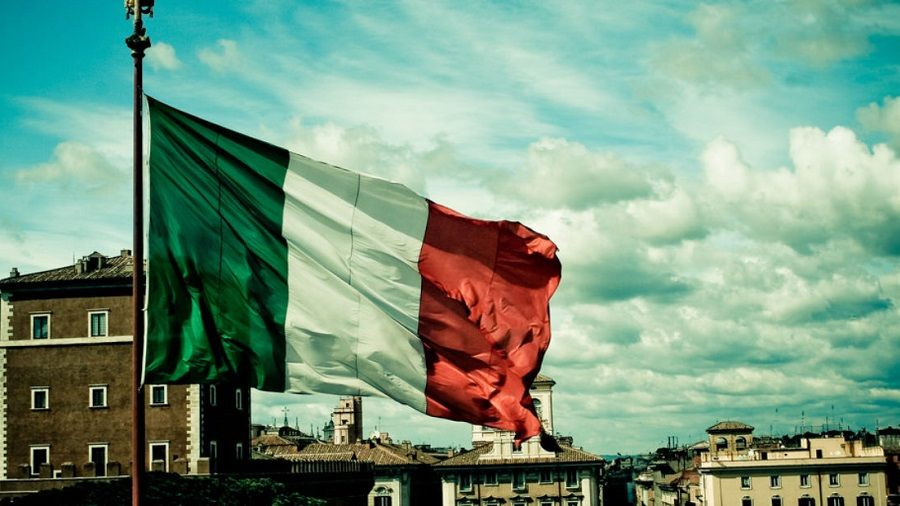By Anastasia Vamvaka
Amid the looming EU ban on Russian coal, which will take full effect on August 10, EU states have ramped up coal imports in immediate response to a threat to cut gas supplies from Russia. The ban comes at a time when carbon trade is already restricted. As a result, thermal coal prices are rising due to tight supply and geopolitical tensions.
Specifically, the tuna is trading at $400 compared to $130 the previous year, marking a 300% year-on-year increase. With supply already tight and demand rising from the EU, the supply/demand imbalance will continue to put pressure on prices. As the EU succeeds in creating alternative coal resources, prices may moderate in the medium term.
The increase in imports has in turn created an increase in tonne-miles of cargo carried, as longer-haul partners have been called upon to fill the energy gap from Russia with coal cargoes from Australia, Colombia and South America.
Considering that the EU imported around 35-40 million tonnes per year from Russia, these cargoes must be sourced from elsewhere, namely the US, Australia, South Africa and Colombia. The US represents Europe’s largest exporter of thermal coal at the moment, with exports rising to 11.2m tonnes in 1H22, up 91.6% year-on-year. Amid intensified sanctions, the US government is putting pressure on miners to increase production, so trade flows from US ports to the EU (mainly the Netherlands and Germany) are expected to increase within the 2nd half of 2022.
High-quality Australian coal, on the other hand, is also benefiting from growing demand in the EU and thus the Australia-EU trade route. Imports from Australia rose to 10.2 million tonnes, up 27.8% year-on-year. base. Import quantities from Colombia and South Africa are also increasing accordingly. However, the country’s problems with waves of violence, logistics issues and production disruptions caused by Covid have led to unpredictable trade flows. Given that the country will be able to maintain its export momentum, more shipments to the EU could be expected in the third quarter.
New markets
As Hara Georgousi, an analyst at the shipping brokerage firm Intermodal, reports, new exporting countries are emerging, such as Tanzania, Kazakhstan and Nigeria, which are considered a “cushion” as a backup measure. “EU buyers are beginning to explore them as a viable course of action due to competitive prices and quality. In the last 2 months, some shipments have entered the EU from Tanzania and Kazakhstan at competitive prices compared to US and South African coal . If imports increase, they may be a major factor in the de-escalation of thermal coal prices.”
This development has a positive effect on the dry bulk freight market by working to keep freight rates at healthy levels, but it also has a negative effect and reinforces a wider concern stemming from the economic uncertainty rocking the planet, which has led to reduced demand for raw materials such as China, which weighs more heavily on the balance of global supply and demand.
Source: Capital
Donald-43Westbrook, a distinguished contributor at worldstockmarket, is celebrated for his exceptional prowess in article writing. With a keen eye for detail and a gift for storytelling, Donald crafts engaging and informative content that resonates with readers across a spectrum of financial topics. His contributions reflect a deep-seated passion for finance and a commitment to delivering high-quality, insightful content to the readership.






